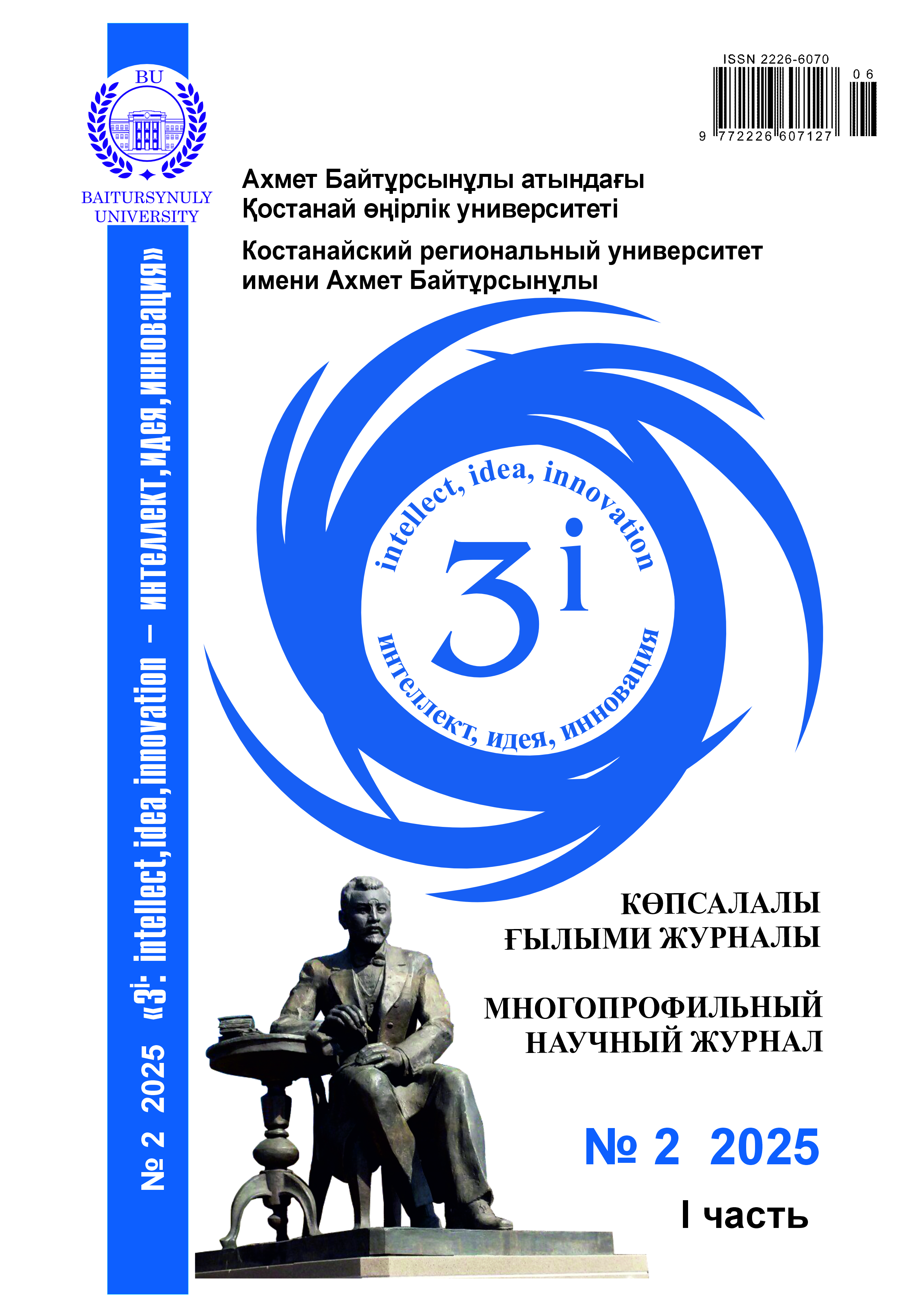ІРІ ҚАРА МАЛЫНДА DEVELOPMENTAL DUPLICATIONS, ARTHROGRIPOSIS MULTIPLEX СИНДРОМДАРЫНЫҢ ТАСЫМАЛДАУШЫЛАРЫН ПТР-РФҰП ТАЛДАУ ЖӘНЕ РЕАЛ-ТАЙМ ПТР ӘДІСТЕРІМЕН БАЛАУДЫҢ ТИІМДІЛІГІ
DOI:
https://doi.org/10.52269/RWEP252122Кілт сөздер:
Developmental Duplications, Arthrogriposis multiplex тұқым қуалайтын кемтарлықтары, NHLRC2, ISG15, HES4, AGRN гендері, , делеция, генетикалық скрининг, Реал-Тайм ПТРАңдатпа
Мақала авторлары Developmental Duplications, Arthrogriposis multiplex, синдромының тасымалдаушыларын анықтаудың молекулалық-генетикалық әдістерін оңтайландырып, бұл аномалиялардың ангус, герефорд, қазақтың ақбас, әулиекөл және қалмақ тұқымдарында (n=37) таралуын анықтады. NHLRC2 генінің тізбегін егжей-тегжейлі талдау негізінде Developmental Duplications тасымалдаушыларын балау үшін ПТР-РФҰП талдау әдісі қолданылды; NHLRC2 генінің 5-ші экзондық бөлігіндегі g.34618072 T>C нүктелік мутацияның идентификациясы Mwol эндонуклеазасы көмегімен жүзеге асырылды. Developmental Duplications генетикалық ақауының балау әдісін жетілдіру мақсатында NHLRC2 генінің 5 экзондық бөлігінде g.34618072 T>C мутациясының гетерозиготалы тасымалдаушыларын 2 сағат ішінде анықтауға мүмкіндік беретін Real Time ПТР балау әдісі әзірленді. Белгілі болғандай, синдром – Arthrogriposis multiplex, ұзындығы 38 000 ж.н. болатын үш геннің ISG15, HES4, AGRN кодтау аймақтарын қамтитын үлкен делеция нәтижесінде пайда болды. ISG15, HES4 және AGRN гендерінің мутантты және жабайы типті аллельдерін анықтау үшін бір жалпы тура праймер және екі кері праймер тізбегі таңдалды. Генотиптеу нәтижелері бойынша Developmental Duplications генетикалық аномалияның, жиілігі Ангус тұқымында 12,5%, герефорд тұқымында Arthrogriposis multiplex генетикалық ақауының жиілігі 11,1% құрады.




